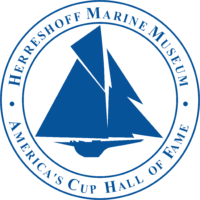October 15, 2020
This Week in Herreshoff History: October 15
SEVEN BROTHERS' first season, a super speedy launch is launched, and an iconic class is under contract
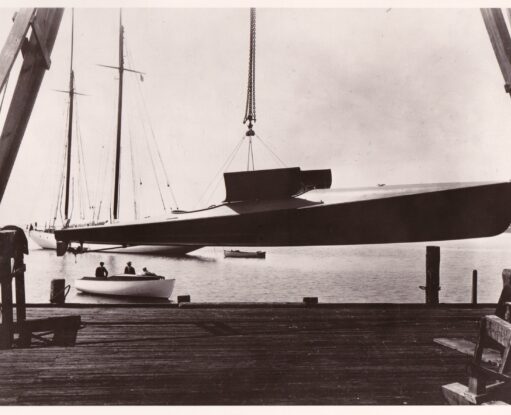
October 15, 1870
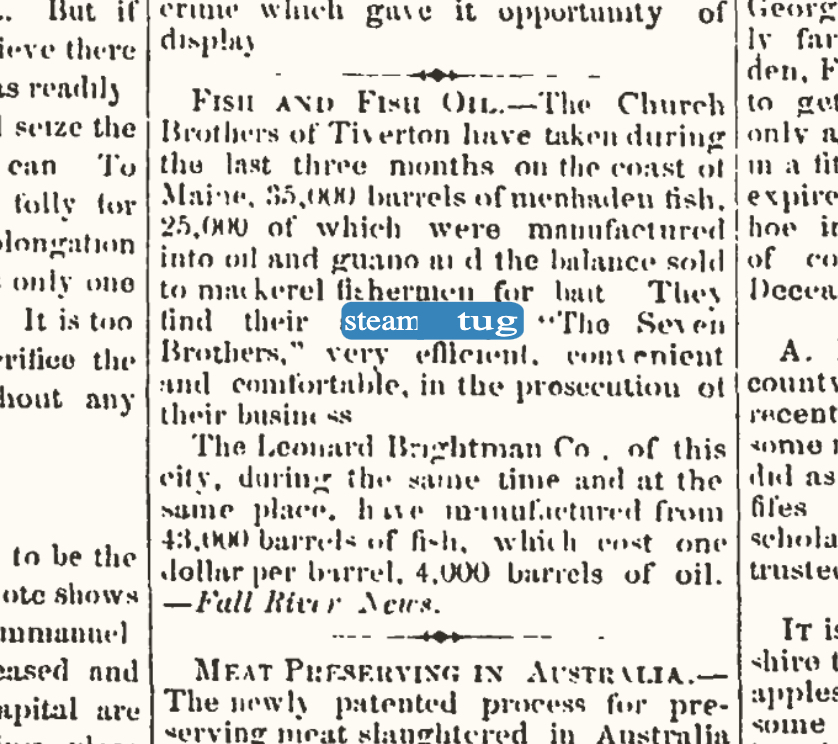
The seven Church Brothers and their vessel SEVEN BROTHERS (HMCo. #3) make an appearance in the Bristol Phoenix. The Phoenix reports on the vessel's successful first season fishing off the coast of Maine, and they describe the steam vessel as "efficient, convenient and comfortable." As L. Francis noted in The Wizard of Bristol, "She was built for some of the seven brothers of the Church family and, as Captain Nat and his brothers numbered seven, she was built by seven brothers for seven brothers. This was the first steamer for which J. B. built the engines and machinery, and Captain Nat designed the vessel, engines and all. The 'Seven Brothers' was unusually successful and made money as a Pogy steamer for about thirty years." SEVEN BROTHERS first appeared in This Week in Herreshoff History more than six months ago on the occasion of her completion; you can read more about her set-up, launch, and the menhaden fishery in that post.
October 14, 1904
The high-speed gasoline launch X.P.D.N.C. (HMCo. #245) was launched 116 years ago yesterday. The Herreshoff brothers were never afraid to try new technology in their quest for speed, and while we more commonly associate them with steam power, they did plenty of experimenting with combustion engines as well. The first HMCo. boat to carry a gasoline engine was EXPRESS (HMCo. #228), built in 1902. X.P.D.N.C. was propelled by a state-of-the-art 90 h.p. Mercedes gasoline engine and averaged 26.5 mph during her trial run on launch day. This type of racing power vessel that was becoming popular at this time was sometimes known as an "auto boat," (no, not that kind) - so-called because mechanic and driver sat facing forward on bench seating in a cockpit, behind a steering wheel, dash and windscreen, much like in the arrangement of a car. This layout distinguished these new racing power boats from the statelier non-racing steam launches that came before them, when circular cockpits featured seating in which all passengers sat facing inwards, towards one another, instead of forwards.
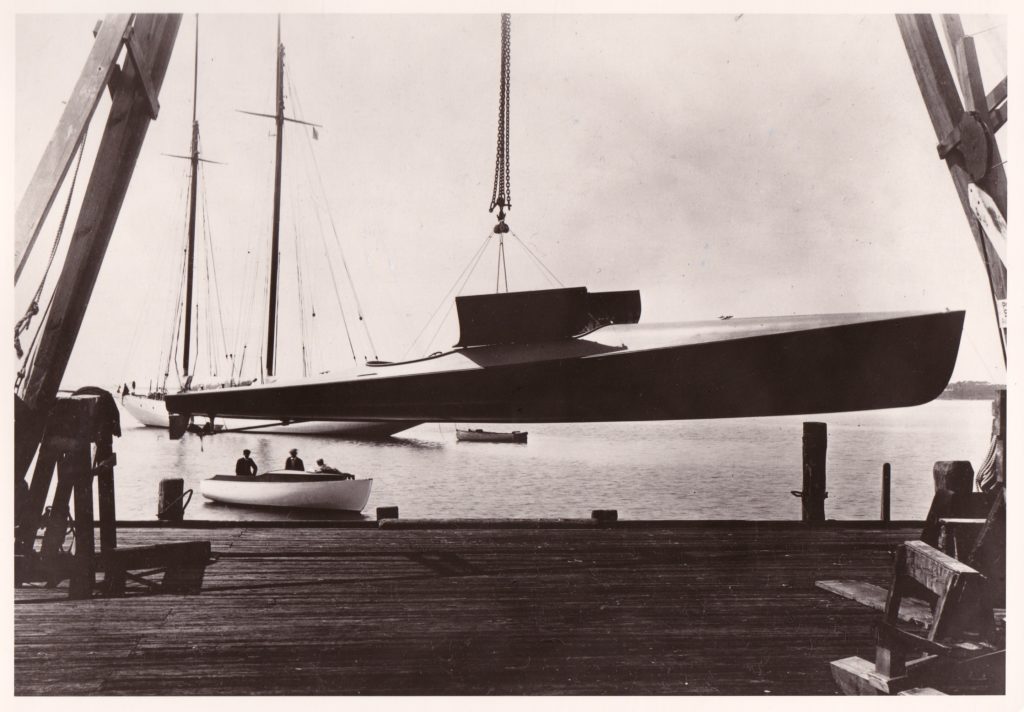
X.P.D.N.C. was 45' long and just 5'4" wide. Impressively, the model from which X.P.D.N.C. (and three other launches in 1906) was built was originally carved by N.G.H. in 1888, fourteen years before HMCo. began using combustion engines in their vessels. It bears some resemblance to his torpedo boat designs from that era. If you are interested in learning more about the high speed racing era and HMCo.'s involvement, check out Michael G. Morabito's paper presented at the 2006 Classic Yacht Symposium at HMM on the history and origins of X.P.D.N.C.

October 14, 1915
The first batch of ten NY40s was contracted for on this day 105 years ago, from HMCo. #773 (MAISIE) to HMCo. #782 (PAULINE). A picture is worth a thousand words, so here are a bunch: one of two Construction Record pages demurely listing the boats, and the first ten boats under sail at various times in their ensuing careers. The first, MAISIE (HMCo. #773), was launched on January 4, 1916, and the last PAULINE (HMCo. #782) was launched on April 21. Two more were contracted later in the fall/winter of 1915 and were also launched in time for the first summer of racing in 1916. An impressive start to a fleet. It would also have been an awful lot of work over the course of a single winter at HMCo., but nothing they weren't used to. Just one example: the contract for MARIETTE (HMCo. #772), was signed just one week before, and she too was completed that spring.

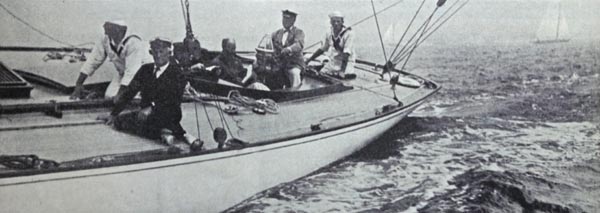
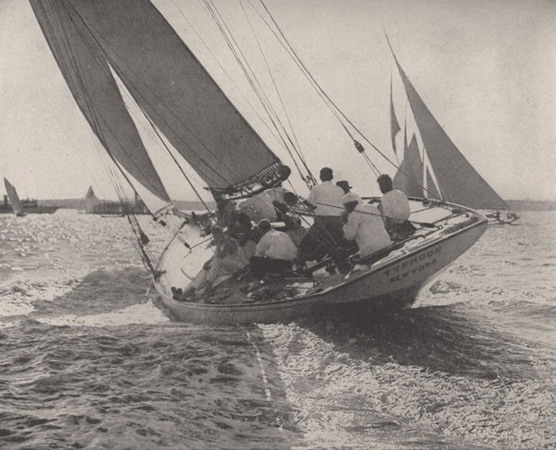
TYPHOON (ex MAISIE), HMCo. #773 
MISTRAL, HMCo. #774 
DOLLY BOWEN, HMCo. #775 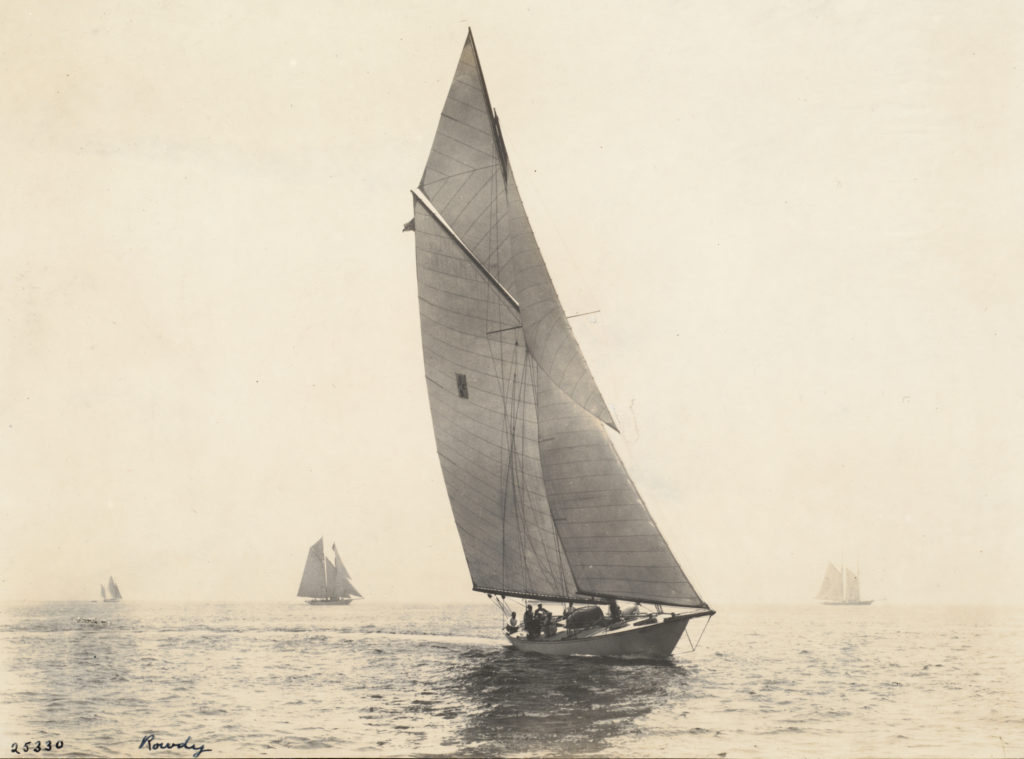
ROWDY, HMCo. #776 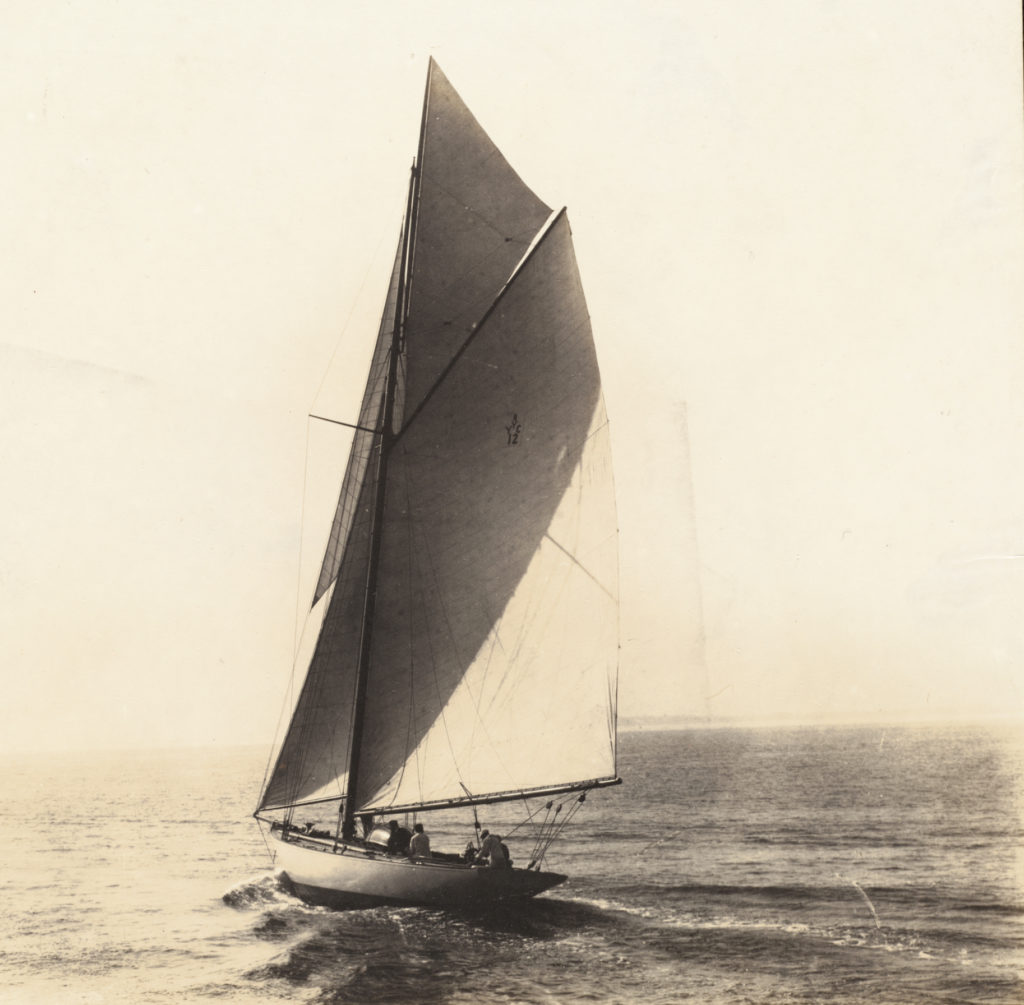
ZILPH, HMCo. #777 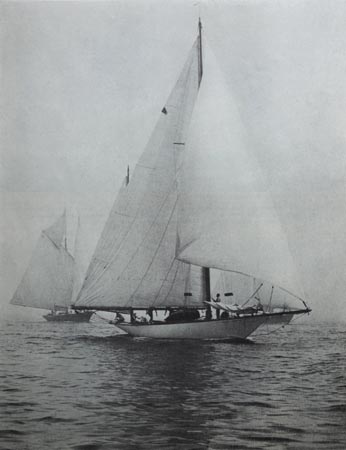
MEMORY (ex BLACK DUCK), HMCo. #778 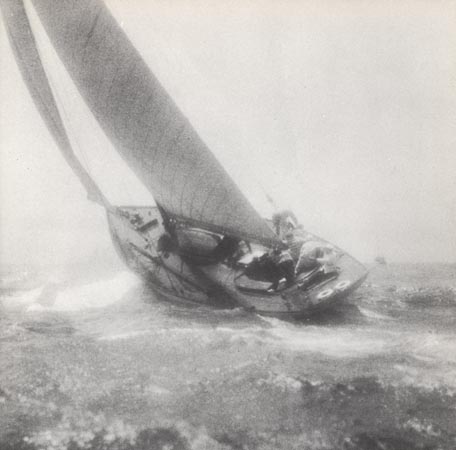
SALLY ANN (ex JESSICA), HMCo. #779 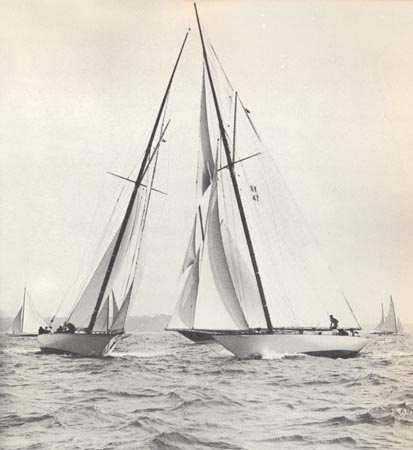
"A ticklish moment for three of the New York Forties" --- PAMPARO (HMCo. #781), MISTRAL (HMCo. #774) and SHAWARA (HMCo. #780) 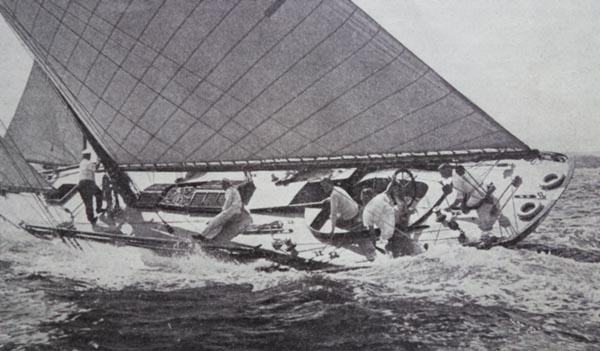
BANSHEE (ex PAULINE), HMCo. #782
